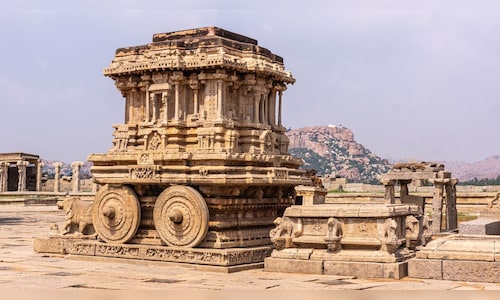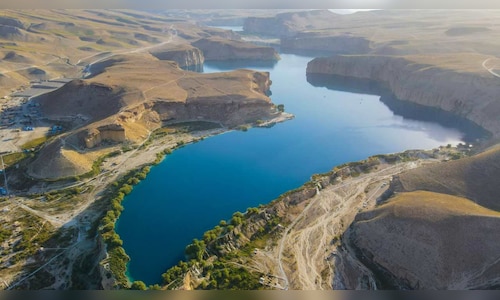Rani Ki Vav, Gujarat
Rani Ki Vav, situated in Patan, Gujarat, is more than just a stepwell; it serves as an underground temple. Constructed in the 11th century by Queen Udaymati in honor of King Bhimdev I, this site is a remarkable example of architectural and sculptural artistry. It remained preserved for centuries, buried under the silt from the Saraswati River floods. The walls are adorned with hundreds of exquisite sculptures depicting Hindu deities, celestial nymphs, and serpents, showcasing the sophistication of India’s ancient water management systems.
Konark Sun Temple, Odisha
The Konark Sun Temple, designed to resemble a grand chariot, was built in the 13th century under King Narasimhadeva I. This temple represents the chariot of the Sun God, featuring 24 wheels and seven powerful horses. Ingeniously constructed, the temple’s entrance is illuminated by the sun’s first rays at dawn. The intricate carvings and sculptures on its walls depict various facets of life, ranging from eroticism to spirituality, making it a remarkable blend of astronomy and architecture.
Also read | Kerala Travel Mart cautions tourists against online hotel booking fraud
Hampi, Karnataka
Once the capital of the Vijayanagara Empire, Hampi now stands as a vast expanse of ruins. Nestled along the banks of the Tungabhadra River, this site is home to numerous temples, palaces, markets, and monuments that narrate its glorious history. The striking rock formations and scenic vistas of Hampi contribute to its unique charm.
Humayun’s Tomb, Delhi
Located in Delhi, Humayun’s Tomb is not merely a burial site; it is a significant monument that laid the groundwork for Mughal architecture in India. Constructed in 1570 by Humayun’s wife, Hamida Bano Begum, it is recognized as India’s first garden-tomb designed in the Charbagh style. The tomb’s beauty, symmetry, and tranquil ambiance, crafted from red sandstone and white marble, captivate visitors.
Also read | At Chandni Chowk, tourist guides now narrate tales of the blast that rocked Delhi
Ajanta Caves, Maharashtra
The Ajanta Caves, located in Maharashtra’s Aurangabad district, represent the pinnacle of ancient Indian artistry. Comprising 29 rock-cut Buddhist cave temples, these caves were constructed from the 2nd century BC to around 480 AD. The walls and ceilings are adorned with paintings inspired by the life of Lord Buddha and Jataka tales, offering a breathtaking visual experience.






